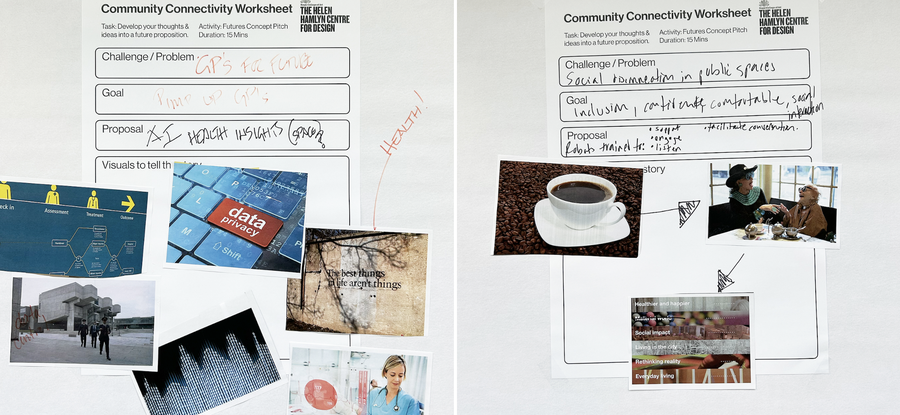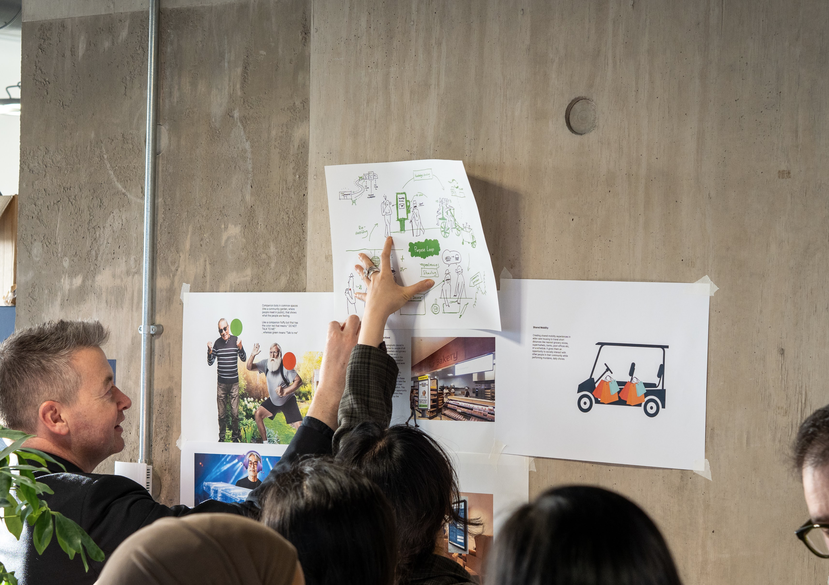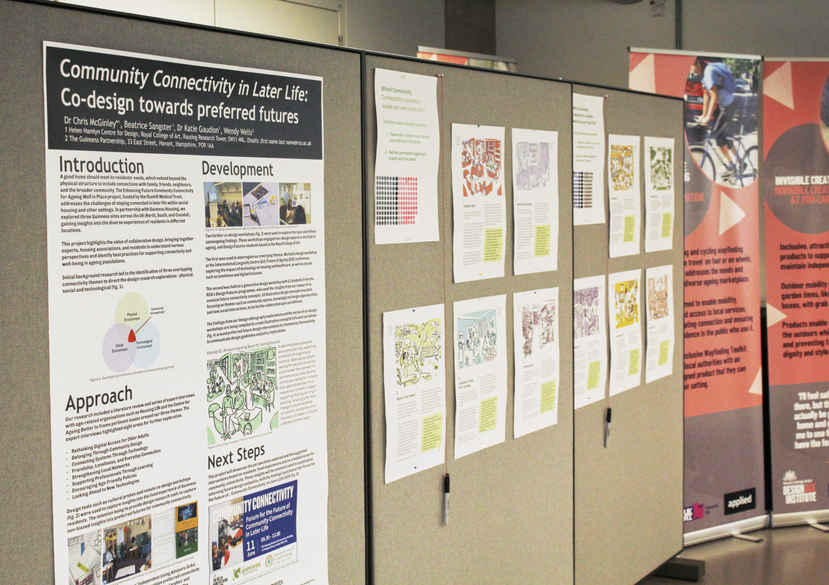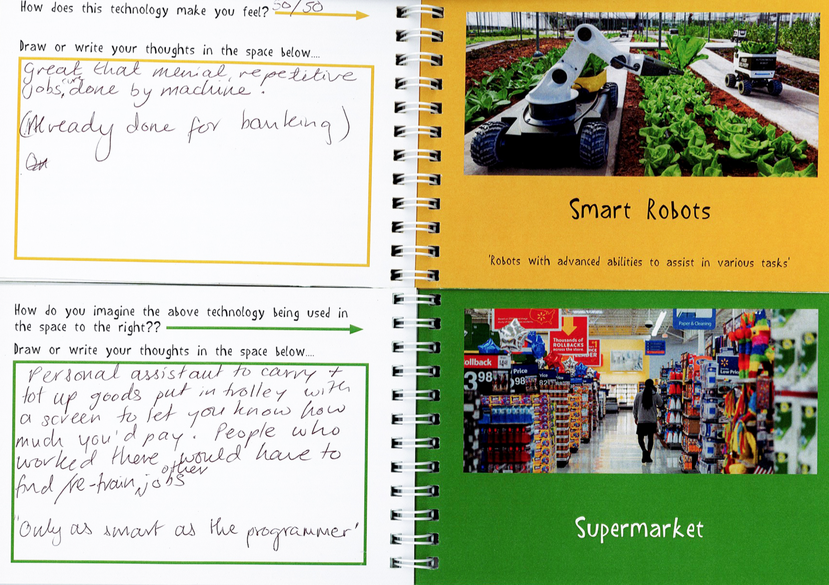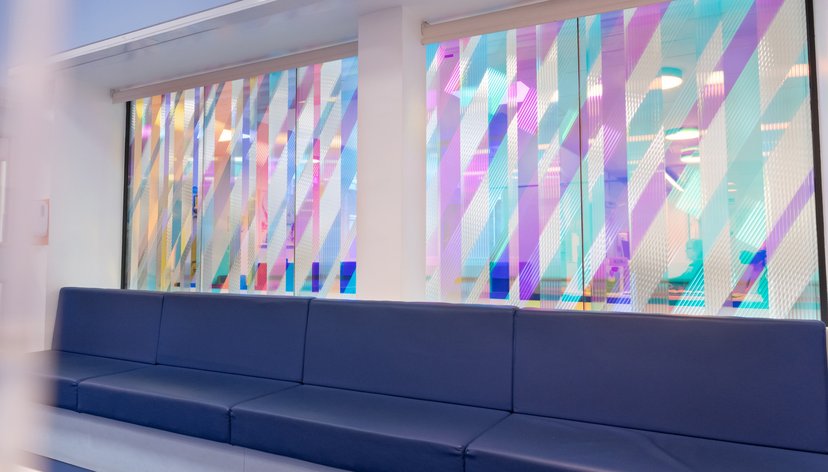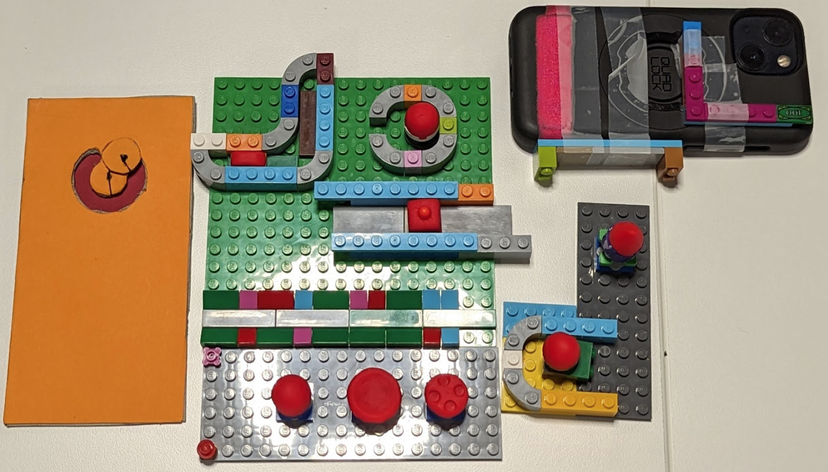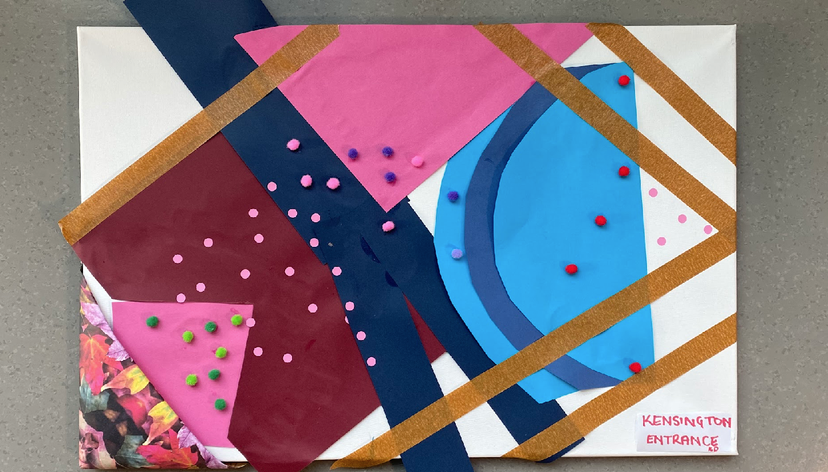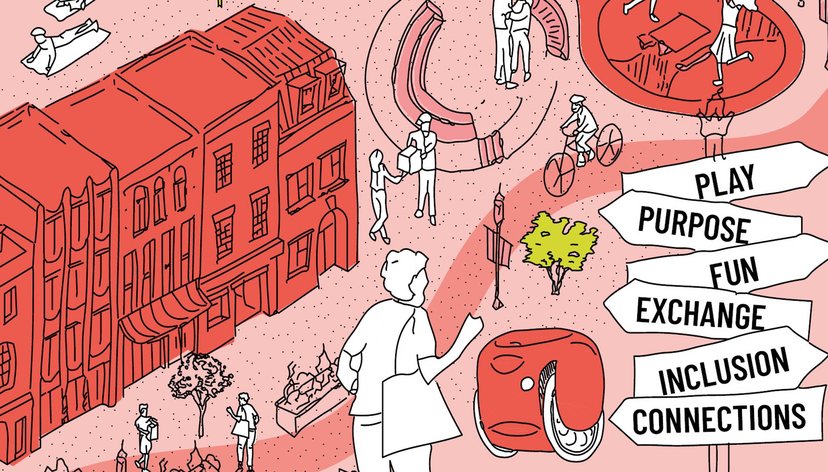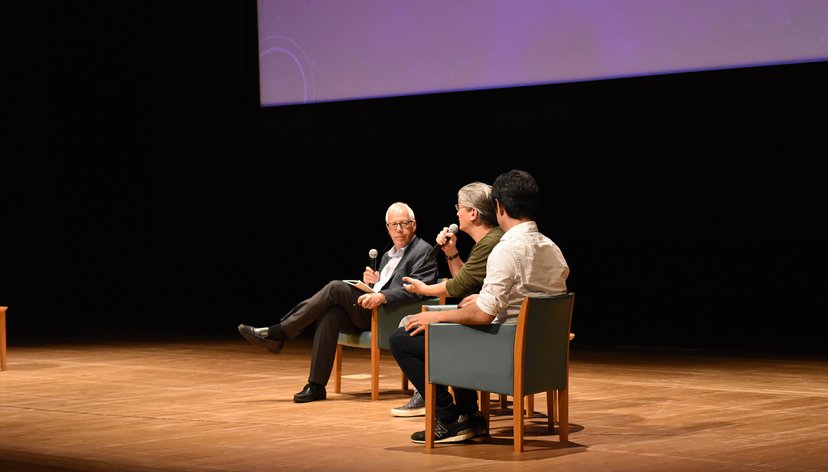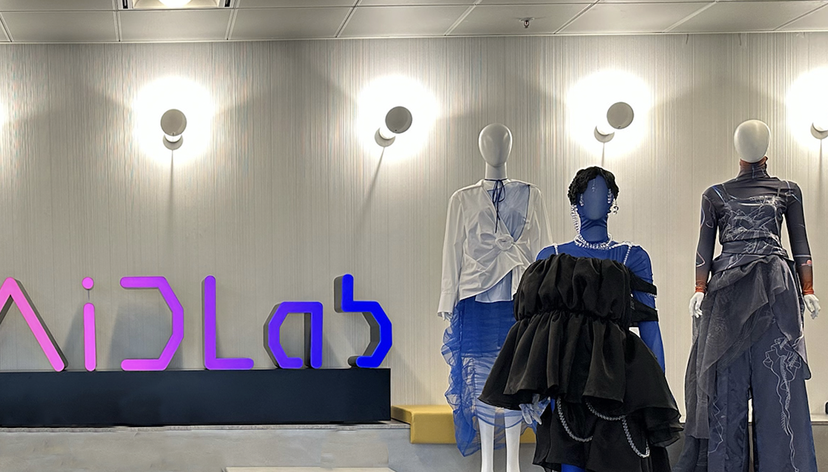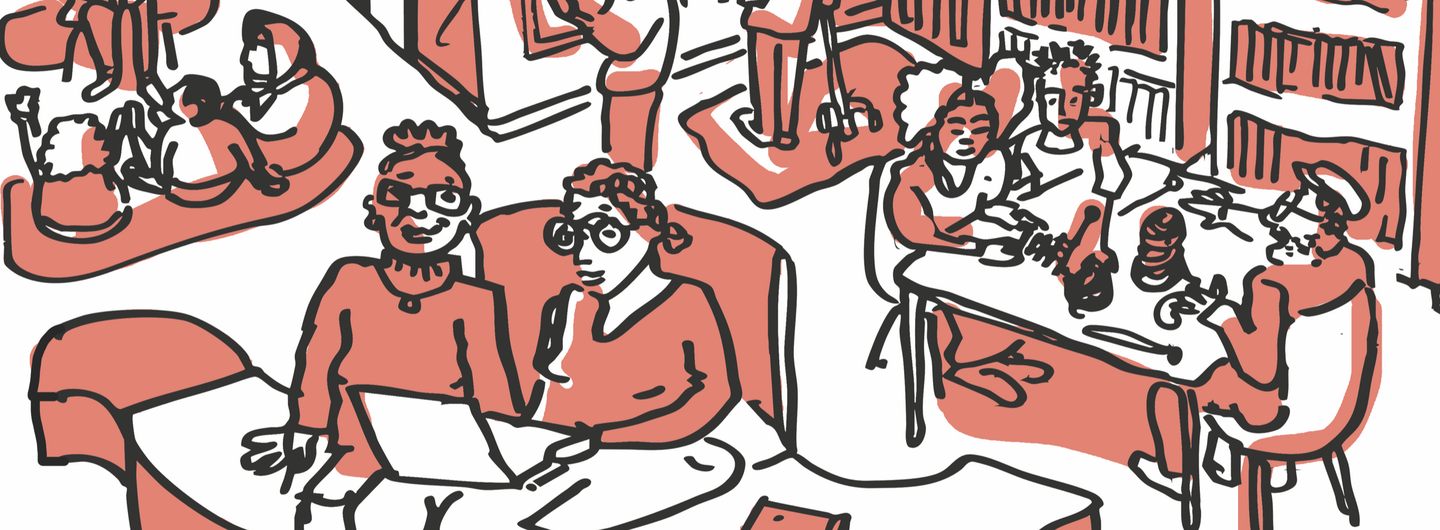
How can we design social housing that enables older adults to remain connected to their communities?
This project asked how future community connectivity within social housing might be improved through a better understanding of residents’ needs, aspirations, and physical environments.
It focused on exploring the needs and challenges of staying connected in later life, building on the basis that the fundamental requirement for a good home is that it meets its residents’ needs, including strong connections with friends, family, neighbours, and the broader community. It utilised inclusive design methods, such as co-design workshops, to engage residents in the process from the very beginning, ensuring that their needs and desires remained at the heart of all outcomes.
Key details
Gallery
More information
The challenge
With life expectancy increasing and birth rates declining, the UK faces both challenges and opportunities in reimagining social infrastructure. Demographic shifts are reshaping society, meaning that designers and policymakers will have to rethink how best to support and foster meaningful connections and ensure quality of life for older adults.
There is the potential for all to experience loneliness, and the downward spiral that can occur if loneliness is left unchecked. Isolation is physically being alone; loneliness is about a lack of meaningful social contact. It is possible to feel lonely even if one is surrounded by others, or live in a busy environment, yet feel alone and unable to connect in ways that are consequential. There is potential to remain socially connected through technology and/or community ties, but older people may need to be encouraged to utilise such technology.
There are numerous shifts transforming the way people in the UK connect, and fundamental changes for many in terms of their relationship with home, surrounding environment and community spaces. Research underscores a distinction between physical isolation and emotional loneliness.
What we did
Working closely with our partner, the Guinness Partnership, we identified homes and participants for the research to best capture a diverse range of experiences. The project engaged three Guinness Homes sites across the UK in North, South, and Coastal locations, each with its own traits and distinct identity in terms of characteristics, residents, and communities. Within each location, we collaborated with a Guinness Independent Living Advisor, who provided information and support to residents on site, and acted as a conduit between residents and the Guinness Partnership.
By engaging residents in outlining criteria and co-creating future visions, the project sought to demystify what future community connection should look like from the perspective of residents. It built on themes of ‘community cohesion’ and ‘resident voices’ that were identified during an earlier pilot study with the Guinness Partnership.
Through Design Futuring activities, we explored residents’ current experiences and future aspirations for connectivity, creating insight resources and identifying key themes. Insights were gathered first through cultural probes, mapping preferences for spaces, technology, and social interactions, followed by interviews that deepened understanding of community life and technology use. These informed a co-design workshop aimed at generating ideas to improve connectivity at Guinness. Workshop kits were distributed to three sites, with five residents per location, and remotely facilitated by Independent Living Advisors over 2 hours and 45 minutes of reflective and idea-driven activities.
By incorporating participatory research methods, our aim was to empower communities and decision-makers to co-create environments that support both individual and collective well-being. The insights and design recommendations developed within this project are intended to provide designers and policymakers with suggestions for developing adaptable, inclusive, and community-centred spaces that reflect the needs and aspirations of the communities they serve.
Outputs
We hosted a Forum for the Future of Community Connectivity in June 2025, which featured expert panel discussions and showcased key findings, future design concepts, and policy considerations aimed at shaping the future of ageing well in place.
At the event, we launched a publication, The Connector, designed to provide insights for stakeholders that experience or influence the development of housing and community engagement; this could be designers, policy-makers, urban planners, researchers, housing associations, residents, or anyone engaging in the conversation about connected communities.
